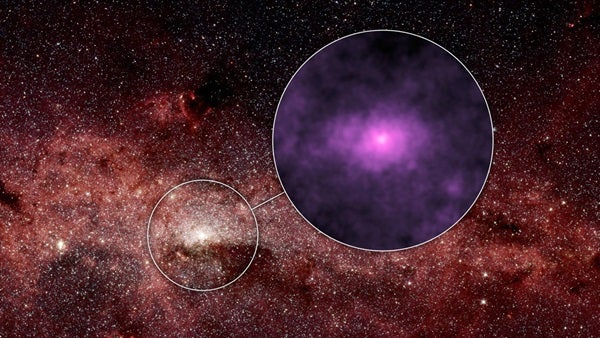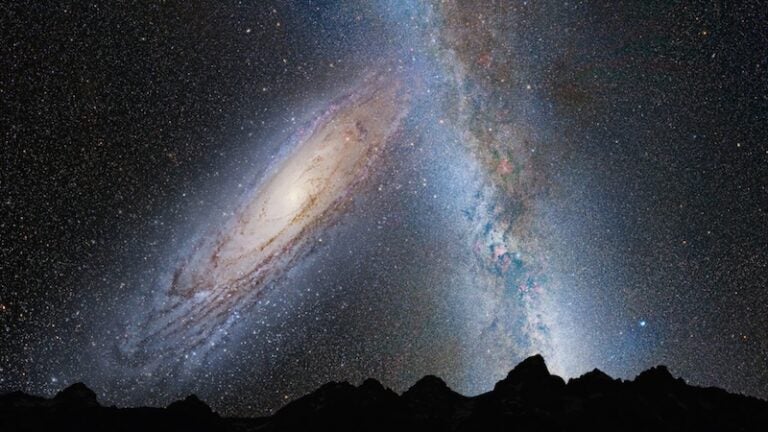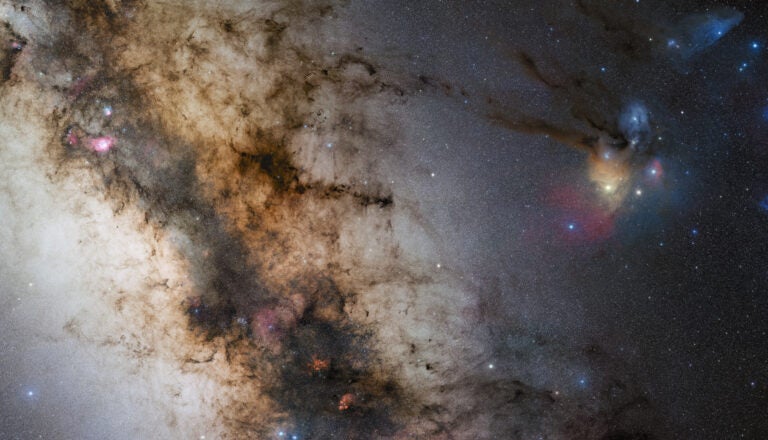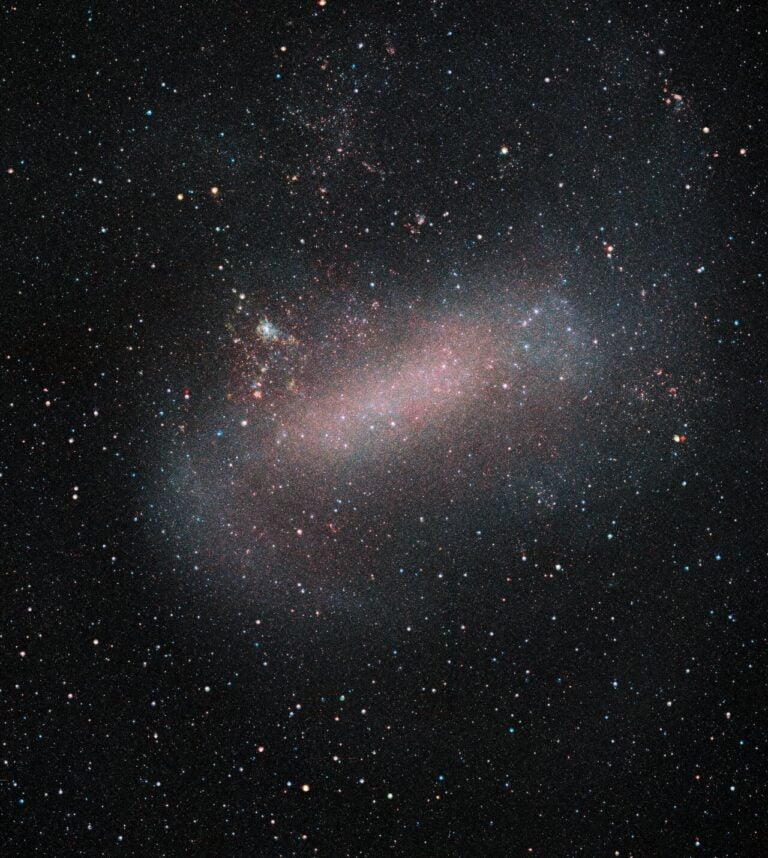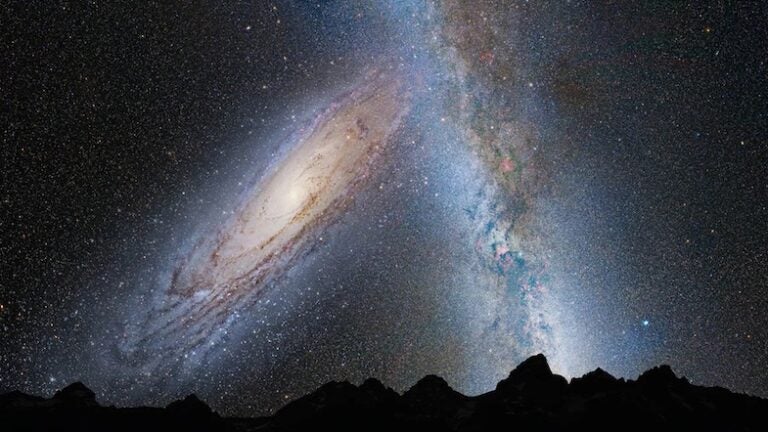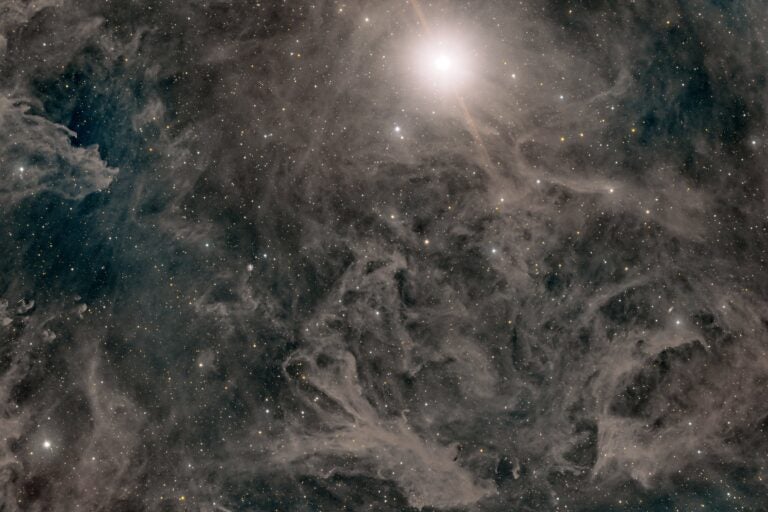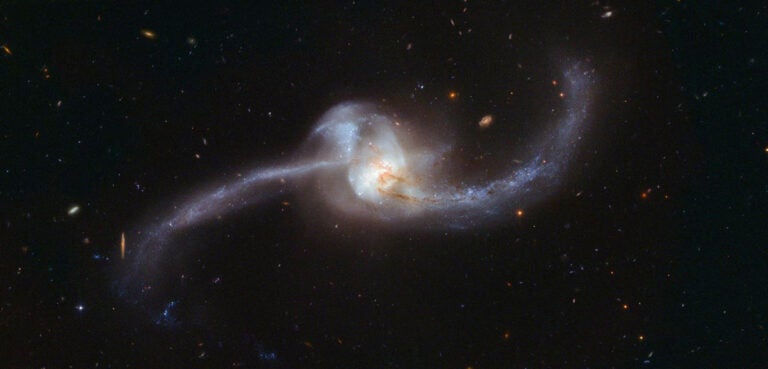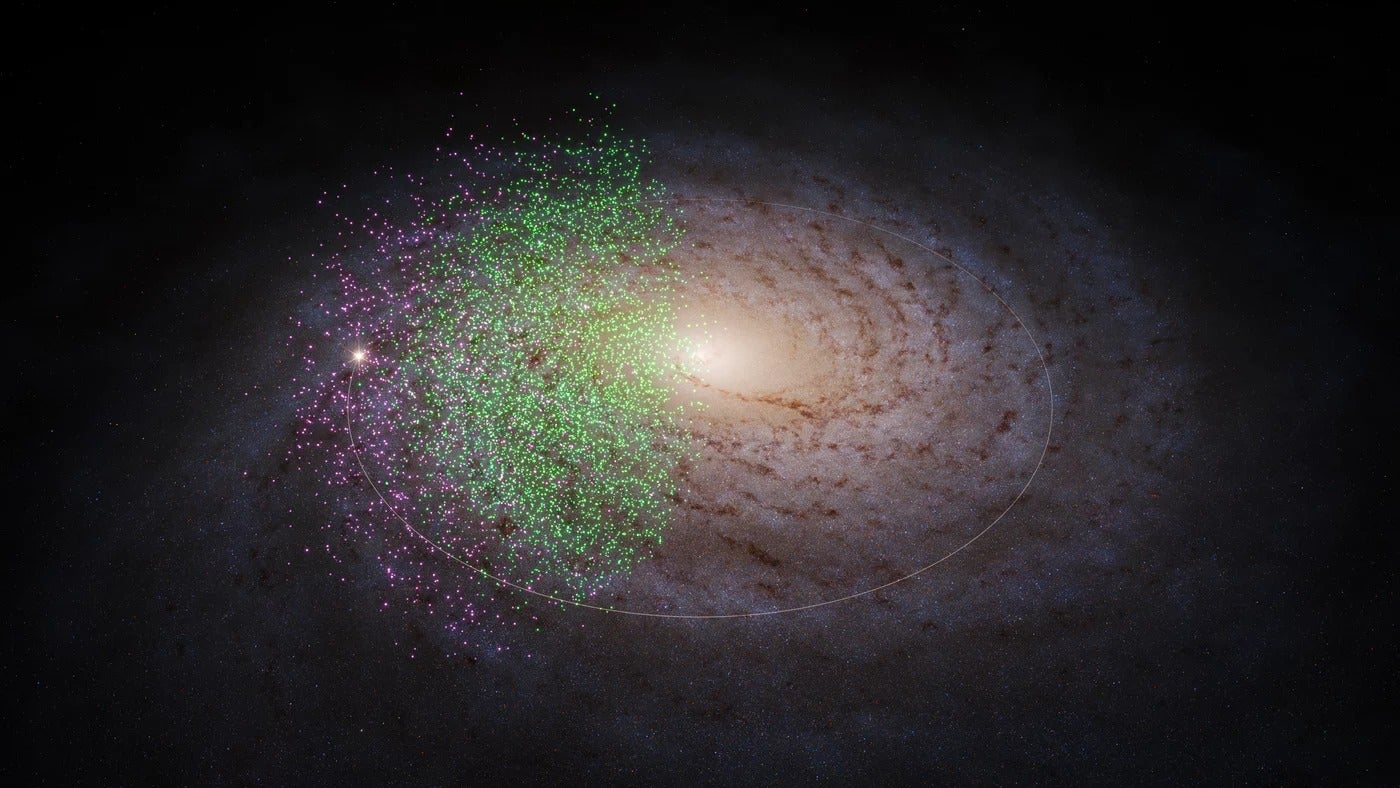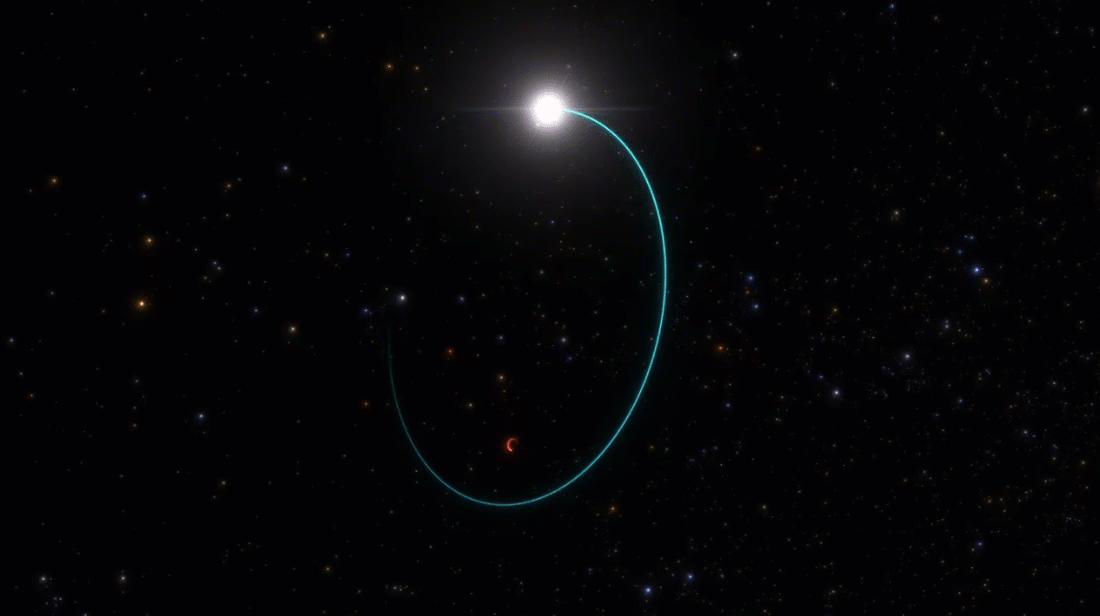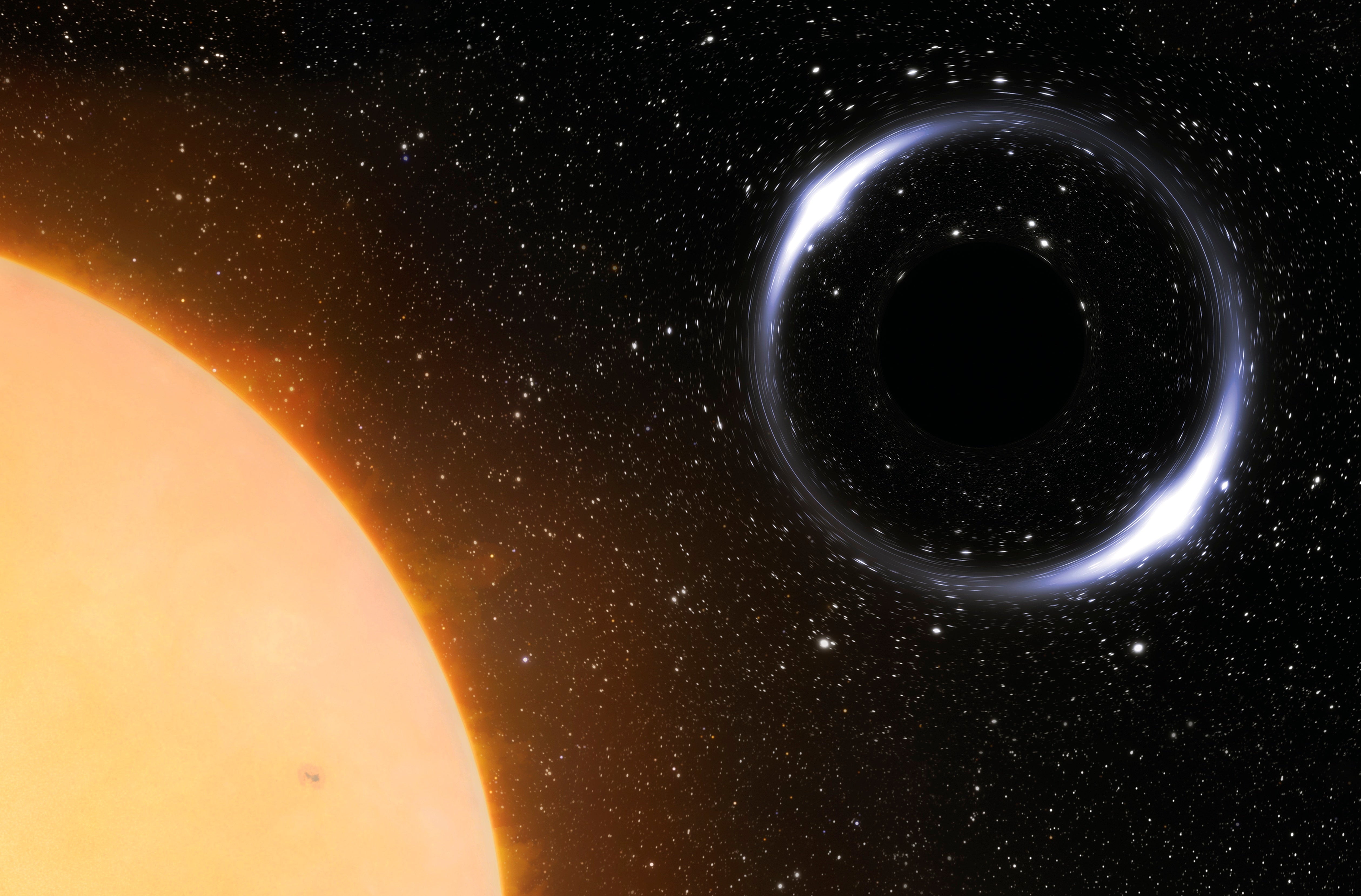To get an idea of what happens when you look at the Milky Way, picture yourself in a fog. If the fog is not dense, you probably will be able to see nearby objects, but the fog will completely obscure the more distant ones. The dust in the galactic disk is much less dense than a fog, thus you cannot see dust in your neighborhood. For large distances, however, the dust accumulation along the line of sight becomes significant, blocking your view completely. The dust density increases toward the galactic center — the fog becomes thicker.
One final point. The Sun’s location within the dust-obscured disk complicates observations of the structure of our galaxy since we don’t have a bird’s-eye view of the Milky Way.
Federal University of
Rio Grande do Sul
Porto Alegre, Brazil

